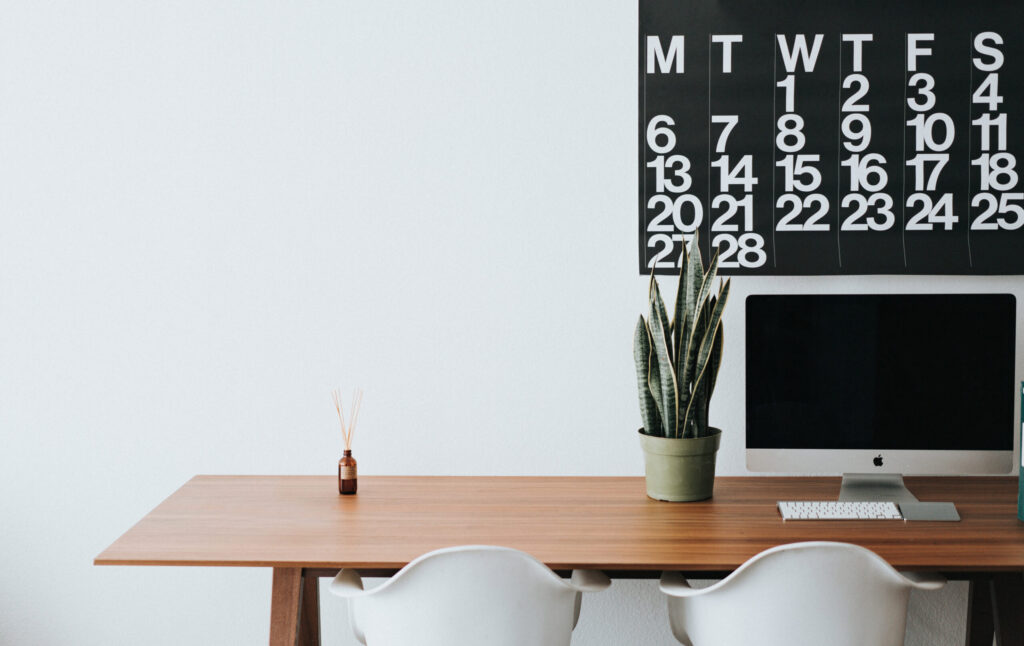The new hybrid reality: how we’re handling WHF vs “the office”
We’ve all been working from home since March 2020. Until this week, that is.
As of last Monday, the Tremendousness office is empty no more—we’ve officially opened the St. Louis space back up. It’s completely rearranged to create more space for everyone, and is again equipped for in-person camaraderie and collaboration (and enhanced cleanliness!). But in the midst of the lockdown the office looked like a ‘Walking Dead’ set, abandoned and disordered after everyone grabbed what they needed to work from home.
There were no zombie sightings, thankfully. But that one plant didn’t make it.
Our visual storytelling work is inherently creative and collaborative, both internally and with our clients. And while we can do everything we need to do while working from home, we can’t do everything in the same way as when we’re actually together.
So to get back into it we’re taking a hybrid approach. It’s all based on informal conversations and formal surveys about what each of us needs out of our space, our tools, our processes, and our colleagues. We’re asking the STL crew to start spending 16 hours a week in the office beginning July 12, and you can be as flexible as you’d like with it. Two full days? Fine. Four half days? Cool. Some other mix? Go for it. Nearly everyone seems to want some level of face-to-face, even as we recognize that we’ve been very successful doing everything remotely for the last 18 or so months (and that we’ve already got several people who are full-time remote workers, and that’s working fine as well).
In St. Louis, the goal is to spend the next 4–6 months re-developing our in-person camaraderie and collaboration, as well as determining how we’re actually utilizing the office space and our tools and technologies post-pandemic. This will enable us to make a smart decision about what kind of space we need for 2022 and beyond.
It’s a trial situation, and there is still flexibility beyond the three WFH days when needed. We can’t guess what will feel comfortable and efficient for everyone, so we’re trying this out to see how it goes. It’s not perfect, because many of us have brought home our gigantic second monitors, our digital drawing pads, and other design tech… so the office is a bit less tricked out than it used to be.
Still, that’s what the trial period is for. We’ll get a sense of what’s missing, what’s needed, what’s working, and what’s not… and we’ll learn and adjust as we work side by side for the first time in nearly a year and a half.
We’ll probably never return to our previous policy of one WFH day each week. We’ve always been flexible, but like I said, the pandemic has shown us that we can work from home quite successfully, and that there are benefits to doing so. However, we also believe that there is a level of collaboration, socialization, and relationship building that often happens better in person—and that our team still wants to happen in person, to some degree. So we’re rethinking the office and giving everyone back a home base so we can be together at least a couple days a week, or more if you want, as well as have a place for remote employees to visit and collaborate on occasion.
What are your ideas for improving the safety, fun, collaboration, comfort, efficiency (or whatever) aspects of the office? Let’s discuss on one of our social channels.
Update, summer 2022: About one year after this post we decided to not renew the lease on our St. Louis office. Despite the downsides, people appreciated the upsides of working from home more.
Photo by Roman Bozhko on Unsplash.
